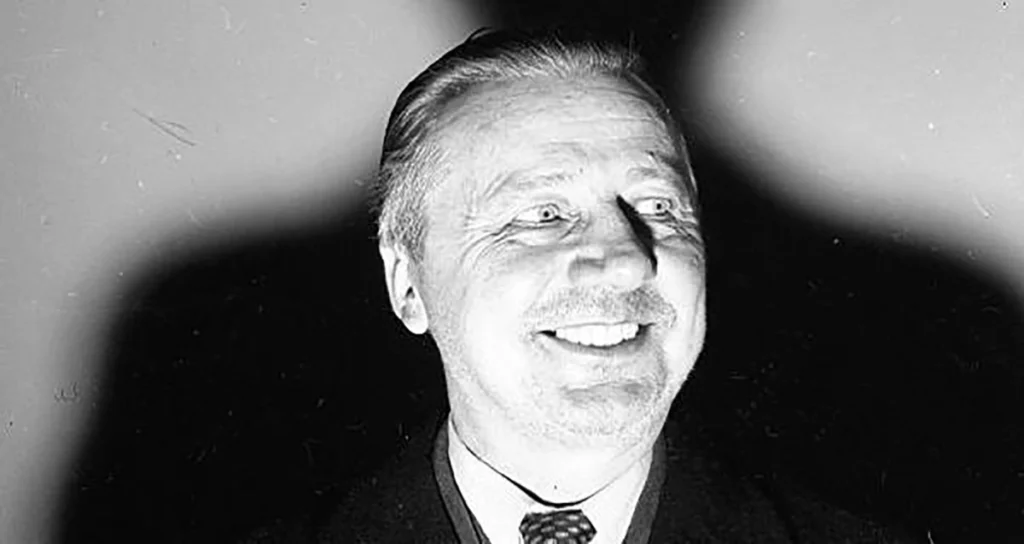In criminal history, some names echo with a chilling resonance, leaving an indelible mark on the collective memory. Among these, George Metesky, infamously known as the “Mad Bomber,” stands out as a perplexing figure whose reign of terror gripped New York City for over a decade. Metesky’s story is one of intrigue, pathology, and the relentless pursuit of justice in the face of a cunning adversary.
Born on November 2, 1903, in Waterbury, Connecticut, George Metesky’s early years unfolded with relative normalcy. However, his life took a drastic turn following a workplace accident in 1931, while he was employed as a pipe fitter for Consolidated Edison in New York City. The incident left him with severe injuries and ignited a festering resentment against his former employer, marking the genesis of his descent into madness.
Metesky’s grievances with Consolidated Edison manifested in a series of meticulously planned bombings across New York City between 1940 and 1956.

His targets were predominantly Con Edison facilities, public spaces, and transportation hubs, designed to instill fear and exact revenge for what he perceived as injustices suffered at the hands of the company. The sporadic nature of his attacks, coupled with his ability to elude law enforcement, earned him the moniker “Mad Bomber” and turned him into a notorious urban legend.
Despite his reign of terror, Metesky’s identity remained shrouded in mystery for years, baffling authorities and captivating the public imagination. It wasn’t until 1957 that a breakthrough came when a series of letters, written by the bomber himself, were discovered, providing crucial insights into his psyche. The letters, riddled with grievances against Con Edison, served as a window into Metesky’s twisted worldview and provided investigators with a starting point for their pursuit.

The investigation into the Mad Bomber’s identity intensified, drawing upon the expertise of law enforcement agencies and forensic psychologists alike. Through meticulous analysis of the letters and extensive surveillance operations, authorities eventually zeroed in on George Metesky as their prime suspect. On January 21, 1957, he was arrested at his home in Waterbury, Connecticut, bringing an end to his reign of terror and unmasking the man behind the myth.
The trial of Metesky captivated the country because it gave viewers a glimpse into the deranged mind of a person with a single obsession. His defense attorneys argued insanity, citing his long-standing grievances and paranoid delusions as evidence of diminished mental capacity. However, the prosecution painted a different picture, portraying Metesky as a calculating criminal who meticulously planned his attacks to wreak havoc and sow fear.
In April 1957, George Metesky was found guilty of multiple counts of attempted murder and sentenced to spend the rest of his life in a mental institution. His conviction signaled the conclusion of a tireless search for justice and provided comfort to a city where the Mad Bomber’s ghost still lingers. Yet, the enigma of George Metesky persists, leaving behind a legacy of fear, fascination, and unanswered questions.
Decades after his arrest, George Metesky remains a subject of fascination for criminologists, psychologists, and true crime enthusiasts alike. His case continues to be studied as a quintessential example of criminal pathology and the intricate interplay between mental illness and criminal behavior. Moreover, the Mad Bomber’s legacy serves as a cautionary tale, reminding us of the dangers posed by unchecked grievances and the profound impact of mental illness on individuals and society at large.
POPULAR TODAY
Some conspiracy theorists assert that HAARP is capable of triggering natural disasters like hurricanes, earthquakes, and tsunamis.
